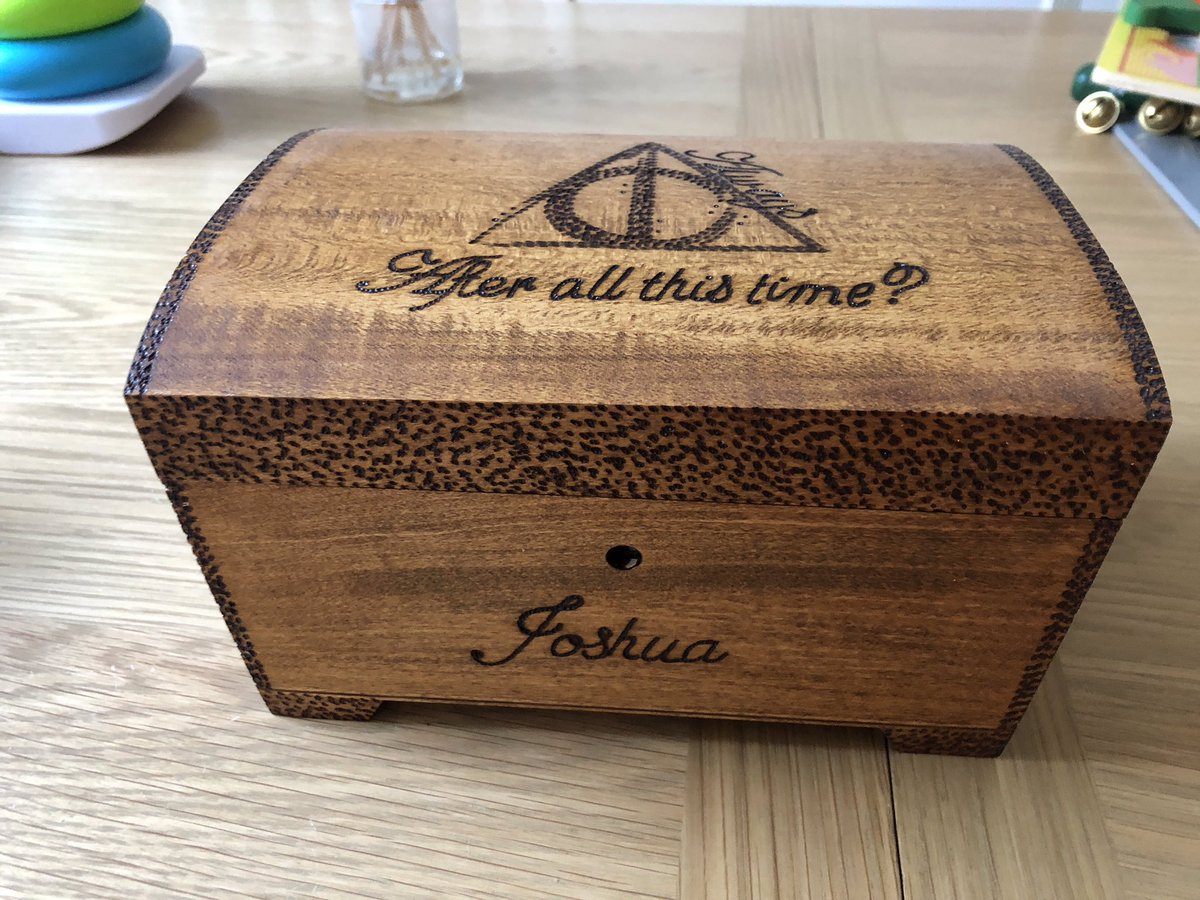
Anyway, the black basalt holding the crystals breaks down faster than the olivine. The tiny flecks of olivine are liberated. And if the conditions are right, these olivine grains can collect into a pile of green sand.

Get real-time email alerts when new unrolls are available from this author!
Twitter may remove this content at anytime, convert it as a PDF, save and print for later use!

1) Follow Thread Reader App on Twitter so you can easily mention us!
2) Go to a Twitter thread (series of Tweets by the same owner) and mention us with a keyword "unroll"
@threadreaderapp unroll
You can practice here first or read more on our help page!


